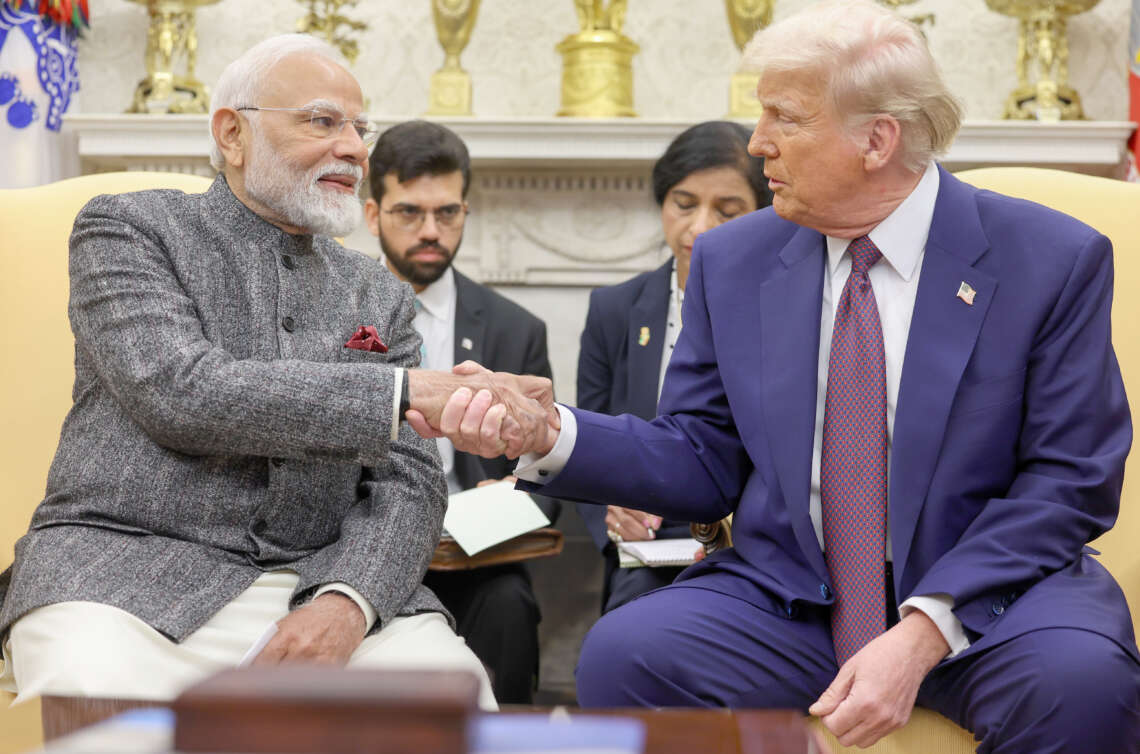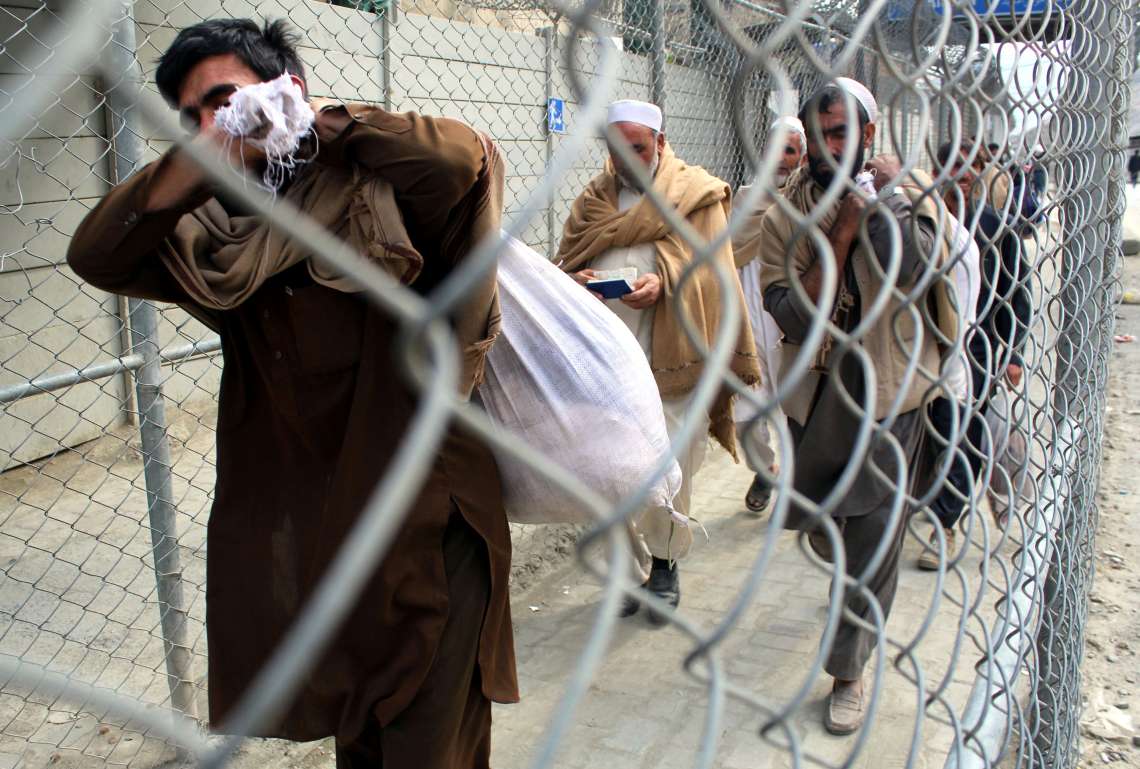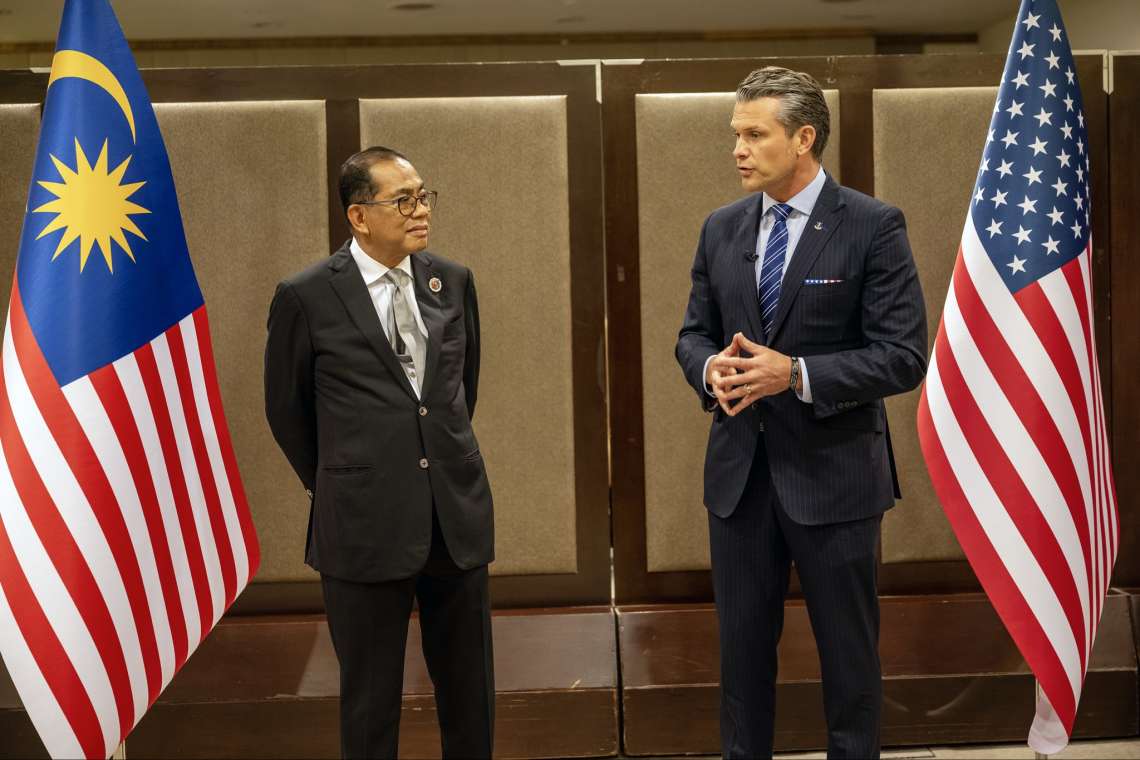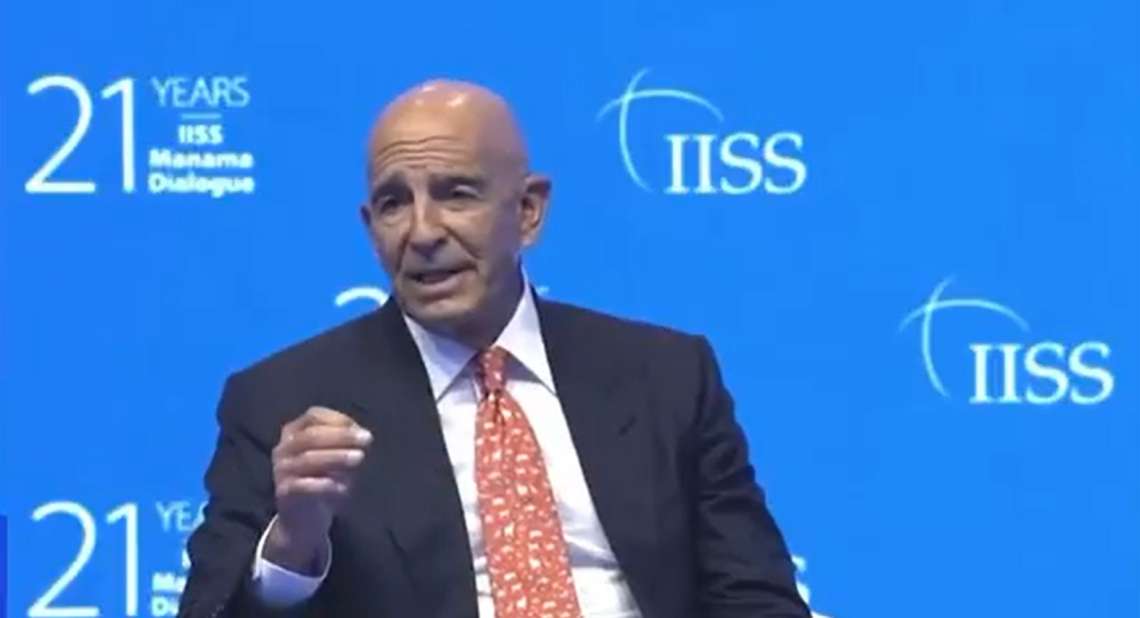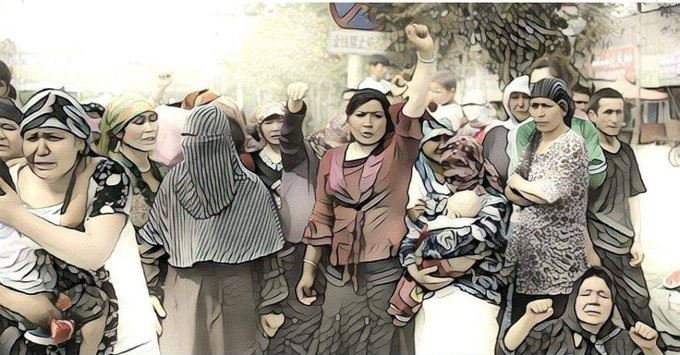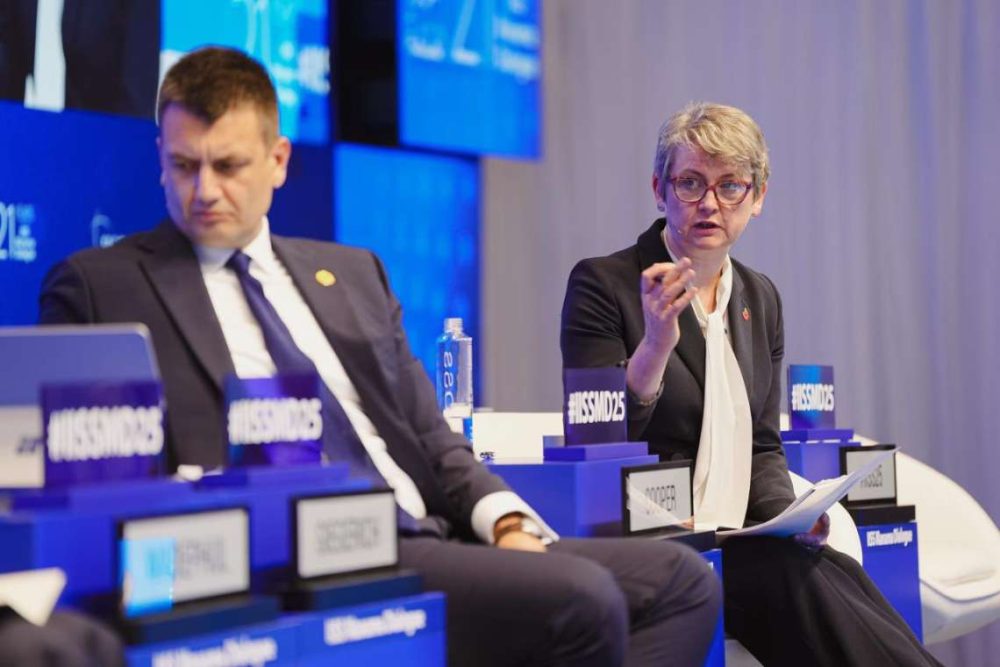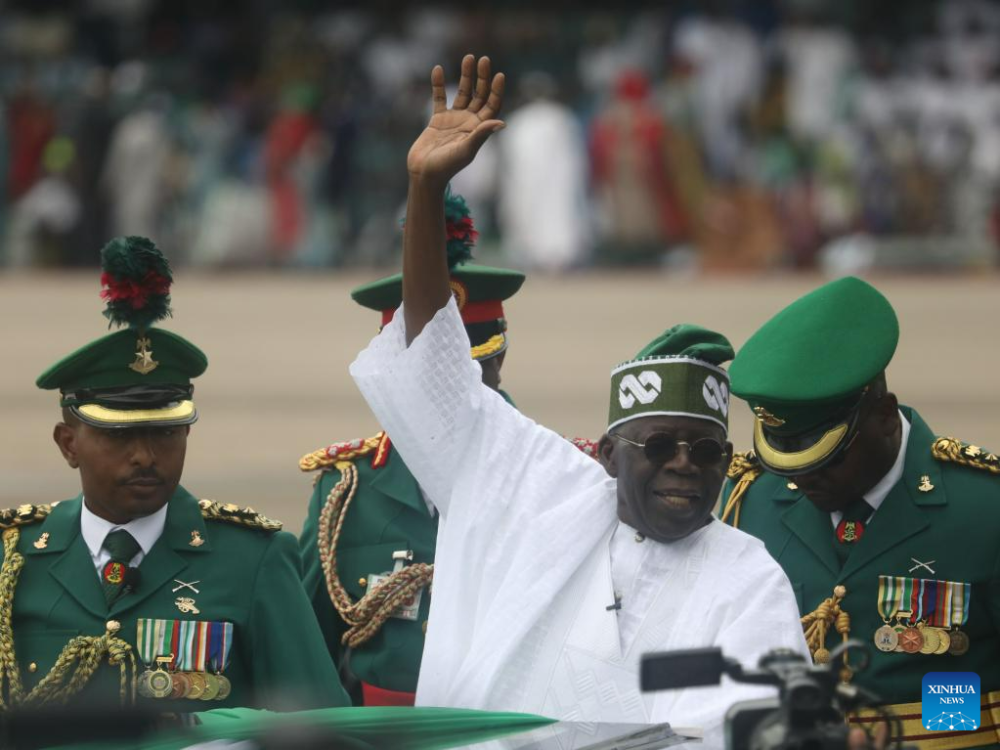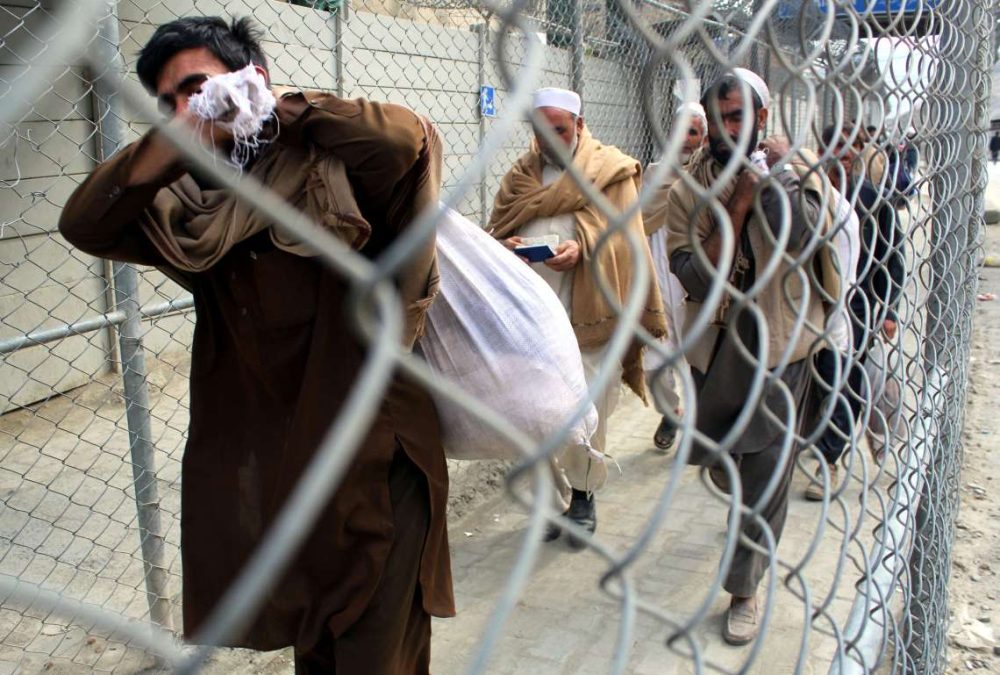
This wasn’t just counterterror—it was a signal. India fused intel, precision strikes, and tech for a swift, strategic blow. TRF wasn’t just named—it was hit….writes John Spencer
Today, July 17, 2025, the United States formally designated The Resistance Front (TRF) as both a Foreign Terrorist Organization (FTO) and a Specially Designated Global Terrorist (SDGT). This is not just a symbolic gesture. It is a strategic action with real consequences. It is also a long overdue recognition of what India and its security forces have been saying for years.
TRF is not a grassroots movement. It is a front group for Lashkar-e-Taiba (LeT), the Pakistan-based terror organization responsible for the 2008 Mumbai attacks and many others. TRF exists to provide plausible deniability for Pakistani-sponsored terrorism in Jammu and Kashmir. It is designed to appear local and disconnected from Rawalpindi, but that fiction has collapsed.
The turning point came on April 22. In one of the most horrific acts of mass violence in recent memory, five gunmen dressed in combat-style uniforms murdered 26 civilians in Pahalgam. TRF claimed responsibility. The attack bore every hallmark of LeT: military-style execution, religious targeting, and a rapid disinformation campaign.
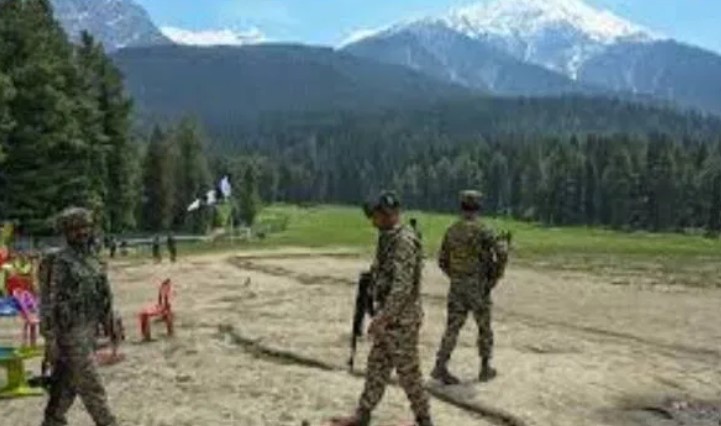
The United States took note. Secretary of State Marco Rubio cited the Pahalgam massacre directly in announcing the designation. The official statement declared that this move “demonstrates the Trump Administration’s commitment to protecting our national security interests, countering terrorism, and enforcing President Trump’s call for justice for the Pahalgam attack.”
This is more than rhetoric. The U.S. designation under Executive Order 13224 unlocks powerful legal, financial, and operational tools that the government can now use to target TRF and its backers.
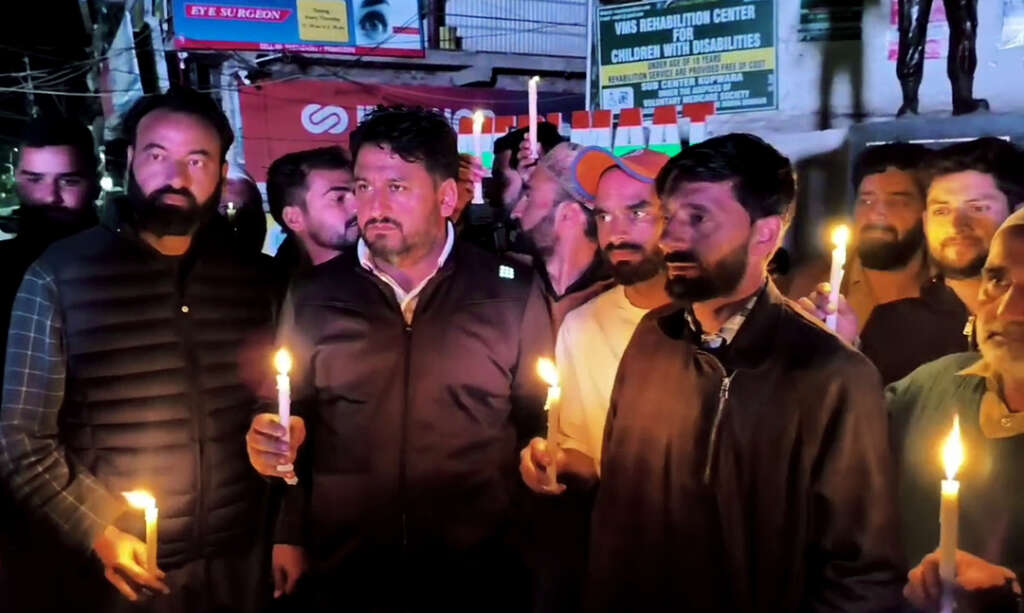
What This Designation Enables
The FTO and SDGT designations give the U.S. government legal and financial powers to disrupt TRF globally:
- Material support is now a crime. Under U.S. law, providing money, weapons, training, technology, or services to TRF is punishable by up to 20 years in prison or life if deaths result.
- TRF-linked assets can be frozen. Any funds that touch the U.S. financial system can be seized. This includes shell companies, crypto accounts, and any channel connected to global banking networks.
- Secondary sanctions apply. Any entity or individual doing business with TRF can be penalized. This affects banks, suppliers, media platforms, and anyone who enables the group’s operations.
- TRF members are blocked from entering the United States. Those already present are subject to removal.
- Intelligence targeting can escalate. TRF is now a legal priority for surveillance, watchlisting, international coordination, and counterterror action.
- Extraditions and criminal cases can be pursued globally. The designation allows the U.S. to work with allies on arrests and prosecutions.
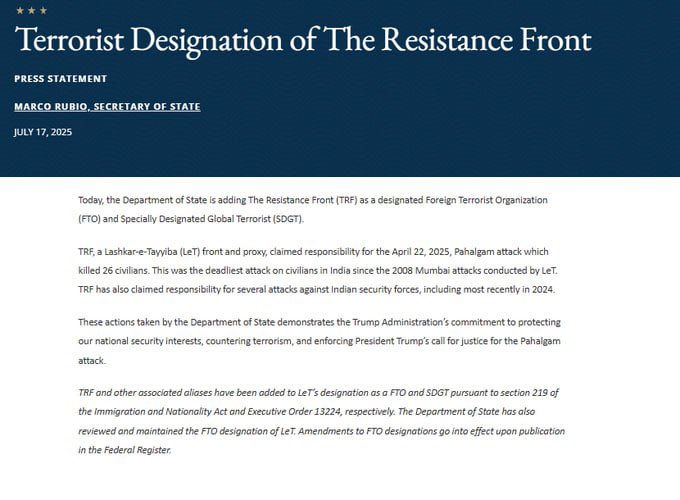
A Strategic Win for India
India designated TRF a terrorist group in 2023, but international recognition lagged. That changed today.
The U.S. designation supports India’s case at the United Nations and gives momentum to the push for TRF’s listing under the UN Security Council 1267 Sanctions Committee. It puts Pakistan’s support for proxy terror groups under renewed scrutiny. And it signals to allies that the United States will no longer look away.
This move must not be the final step. It should now lead directly to a United Nations designation of TRF as a global terrorist entity. That would impose binding obligations on all member states to freeze TRF assets, block travel, and cut off arms flows. The U.S. designation gives India the strongest possible platform to press for that action.
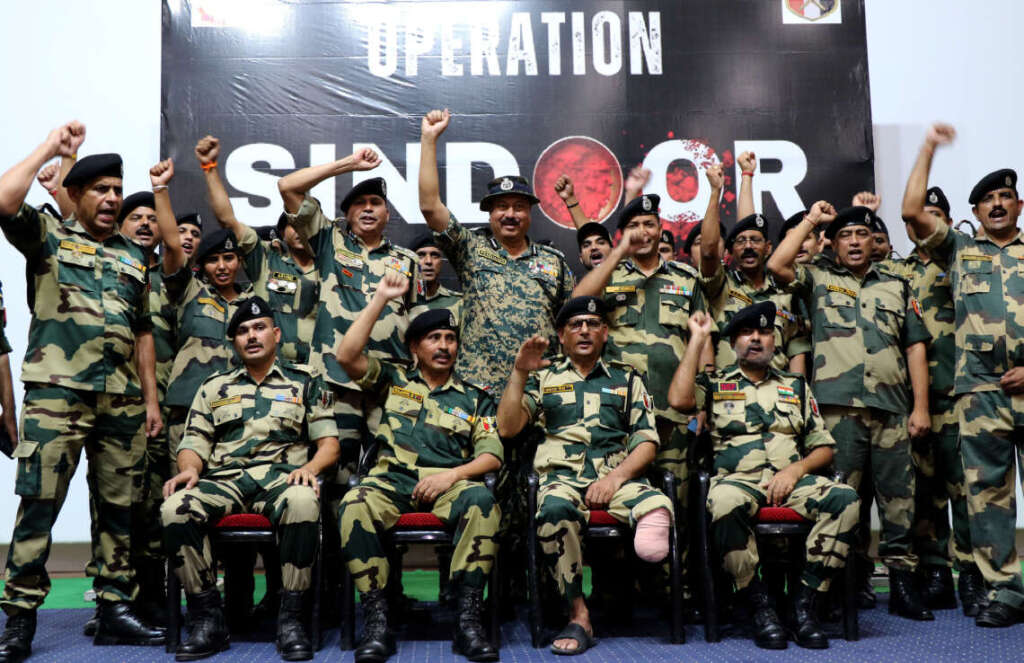
Operation Sindoor Changed the Game
India did not wait for global consensus. It acted.
Following the Pahalgam attack, India launched Operation Sindoor, a limited war targeting the very infrastructure used by groups like TRF and LeT. The operation was precise, swift, and decisive. India demonstrated that it would no longer rely on restraint alone. It unveiled a new doctrine that prioritizes deterrence through dominance and punishment through credible force.
This was not just a counterterror response. It was a signal. India revealed its ability to combine intelligence, precision airpower, and indigenous technology into a short, high-intensity campaign that achieved clear strategic effects. TRF was not just named. It was hit.
Now the United States has followed with the diplomatic and legal strike.
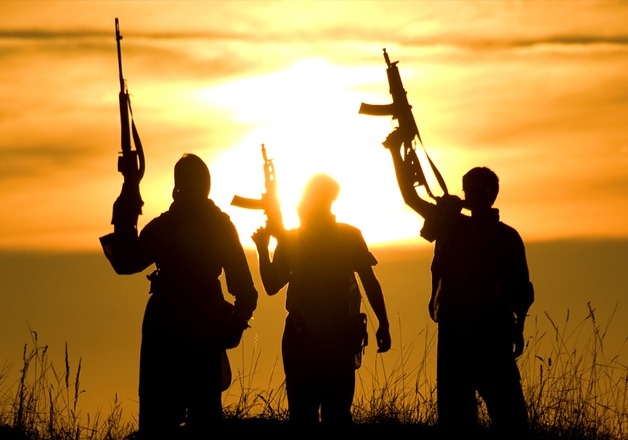
The Bottom Line
The designation makes TRF radioactive.
Anyone associated with it, whether a fundraiser in Dubai, a propagandist in Pakistan, or a supplier moving weapons into Kashmir, can now be hit with sanctions, criminal charges, and global blacklisting. This is not just about the men pulling the trigger. It is about the network that equips, funds, and protects them.
The Resistance Front no longer operates in the shadows. The United States has lit it up. And now everyone behind it is exposed.
(John Spencer is executive director of the Urban Warfare Institute)


